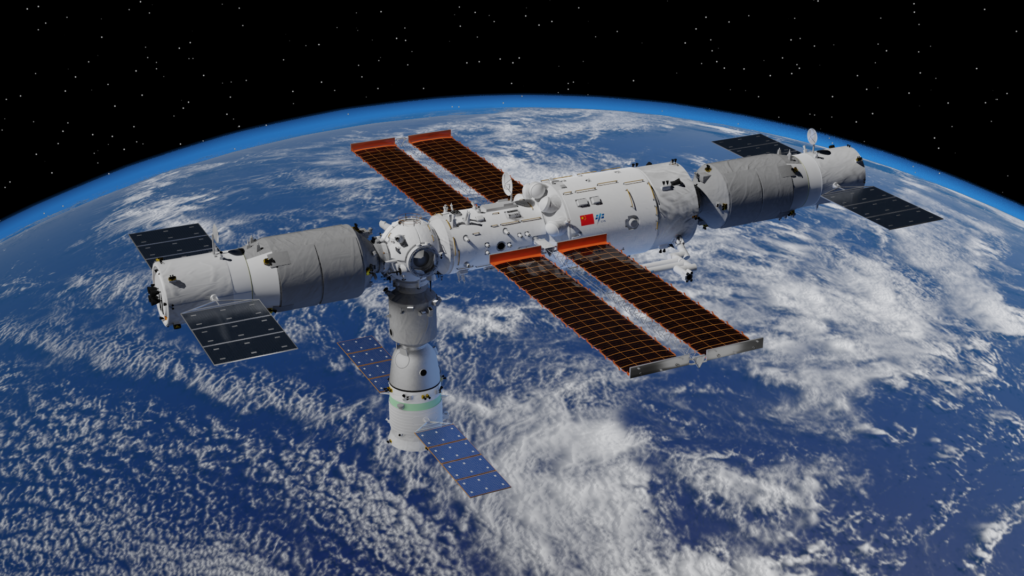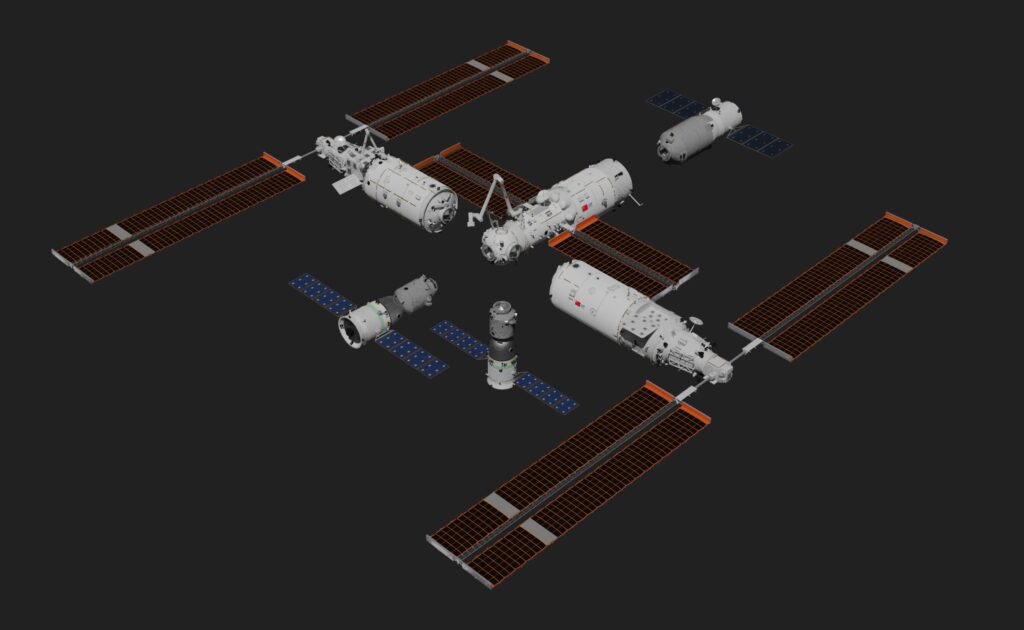In a noteworthy development, the Aurora capsule aboard the International Space Station (ISS) has sustained cracks, prompting 23 countries to redirect their efforts toward the Chinese space station, Tiangong. This situation raises critical questions regarding the structural integrity of the ISS and underscores the increasing significance of international collaboration in advancing space exploration. As nations reassess their priorities, this pivot may open new avenues for cooperative research and development in the evolving landscape of space technology.

The cracks in the Aurora capsule made people consider using Tiangong space station.
The Tiangong space station, which translates to ‘Heavenly Palace,’ is a marvel of modern engineering and a testament to China’s advancements in space technology. Launched in phases starting in 2021, Tiangong is designed as a modular space station, allowing for various modules to be added over time. Currently, it consists of the Tianhe core module and two laboratory modules, Wentian and Mengtian, which were launched in 2022. With a pressurized volume of 340 cubic meters, Tiangong is slightly over one-third the size of the ISS, yet it is fully operational and capable of supporting a crew of up to six astronauts.
The cracks in the Aurora capsule have raised alarms among the international community, as the ISS has been a cornerstone of collaborative space research for decades. The ISS has facilitated numerous scientific experiments and fostered international partnerships, but the recent damage has led to questions about its future viability. As the ISS ages, the need for alternative platforms for research and exploration becomes increasingly pressing.
Many countries tried to cooperate with China through Tiangong space station.
With the Tiangong space station operational, countries involved in the ISS program are now looking to China for potential collaboration. The Chinese space station is not only a hub for scientific research but also a platform for technological innovation. It aims to conduct over 1,000 experiments, ranging from agriculture in micro-gravity to advanced material science, making it an attractive alternative for international partners.
China’s space ambitions have been met with both intrigue and skepticism on the global stage. The Tiangong program, part of the broader China Manned Space Program, has been carefully crafted to showcase China’s capabilities in space exploration. The station’s modular design allows for future expansions, with plans to add more modules by 2027, further enhancing its research capabilities.
Moreover, the Tiangong space station is not just a scientific endeavor; it also serves as a platform for cultural outreach and education. The Chinese space agency has initiated programs to engage students and inspire the next generation of scientists and engineers. Through live lectures and interactive sessions, the Tiangong program aims to spark interest in science and technology among young people worldwide.
As the cracks in the Aurora capsule signal a potential shift in the landscape of human spaceflight, the international community must consider the implications of relying on the Tiangong space station. This transition could lead to a new era of collaboration in space, where countries come together to share knowledge and resources in pursuit of common goals.

While the cracks in the Aurora capsule pose significant challenges for the International Space Station (ISS), they concurrently create opportunities for new partnerships in space exploration. The Tiangong space station is poised to welcome international collaborators, providing a platform for scientific discovery and technological innovation. As we extend our aspirations beyond Earth, the future of space exploration increasingly hinges on our capacity to unite across borders in pursuit of knowledge. With its ambitious objectives and innovative approach, Tiangong may emerge as a beacon for collaborative endeavors in the cosmos.
Related posts:
Tiangong space station
China space station: What is the Tiangong?
International Space Station: Live updates




